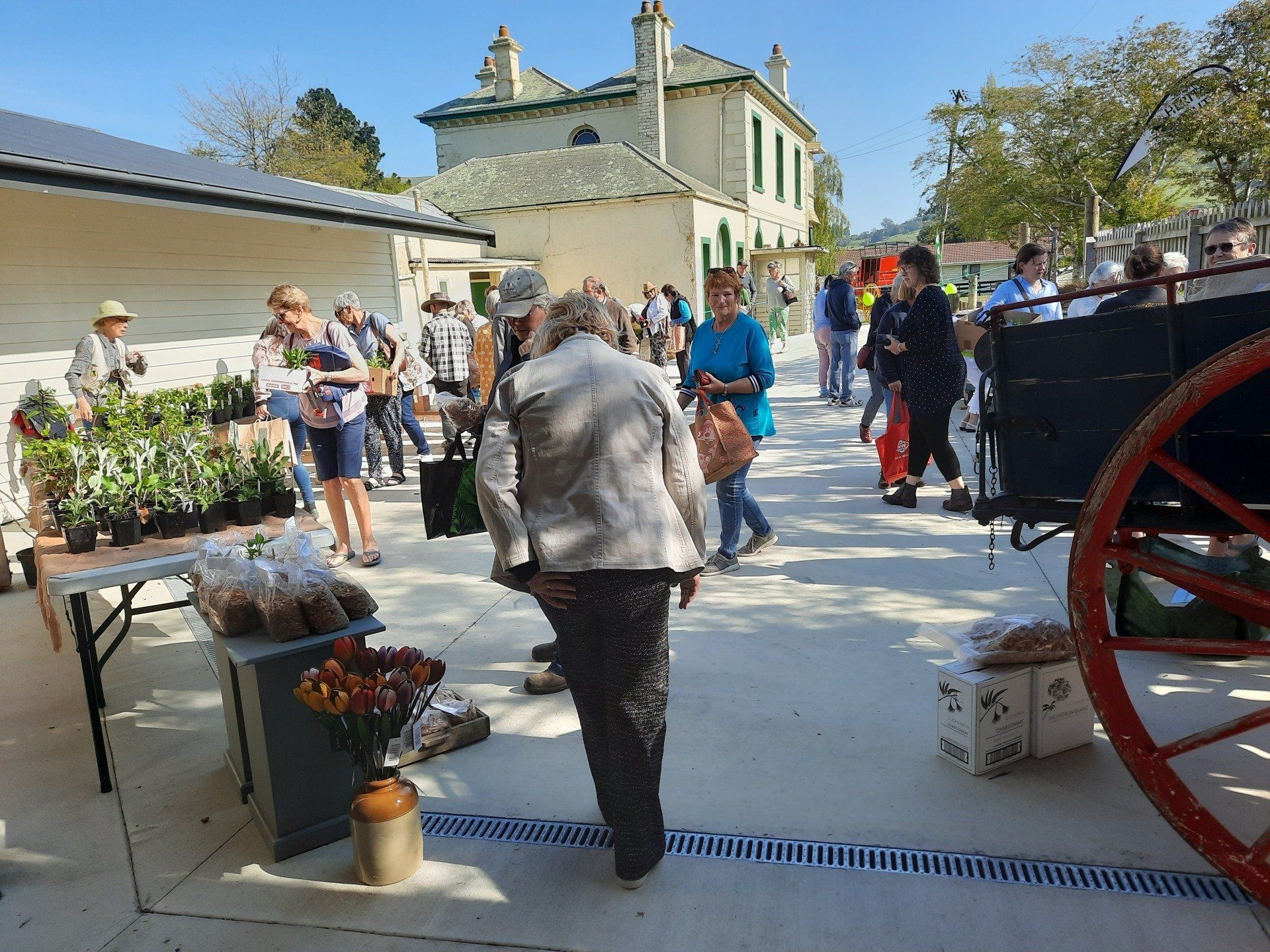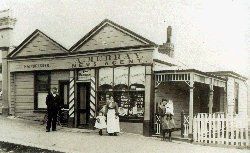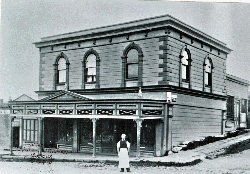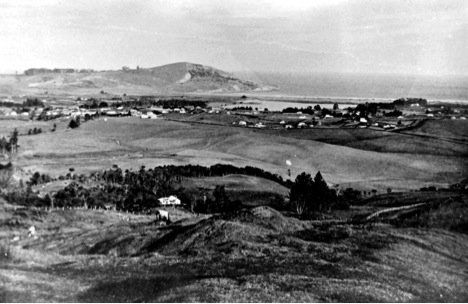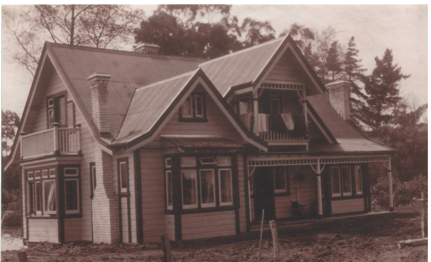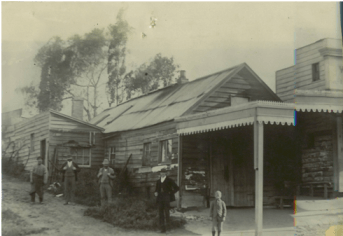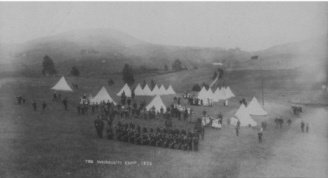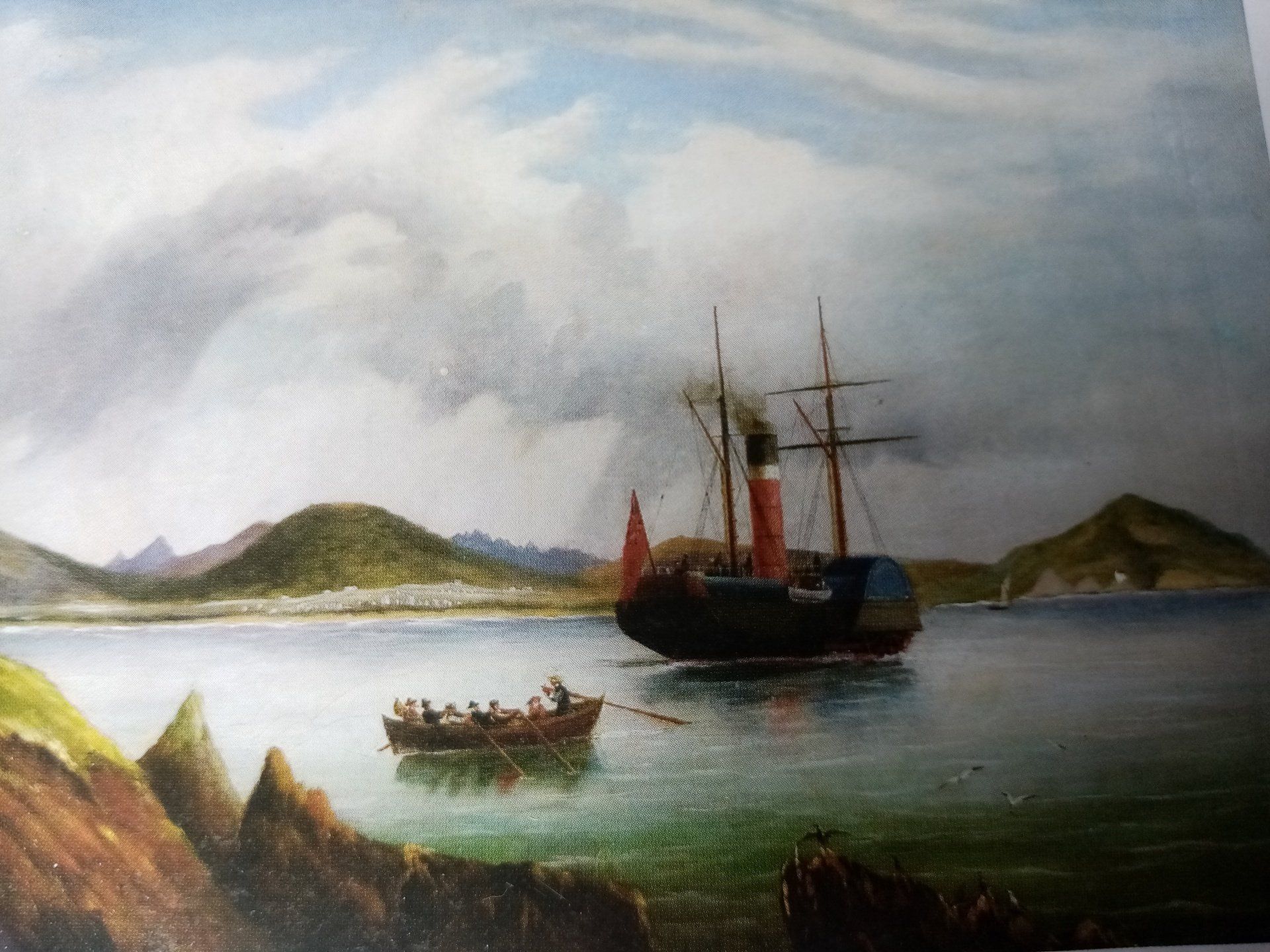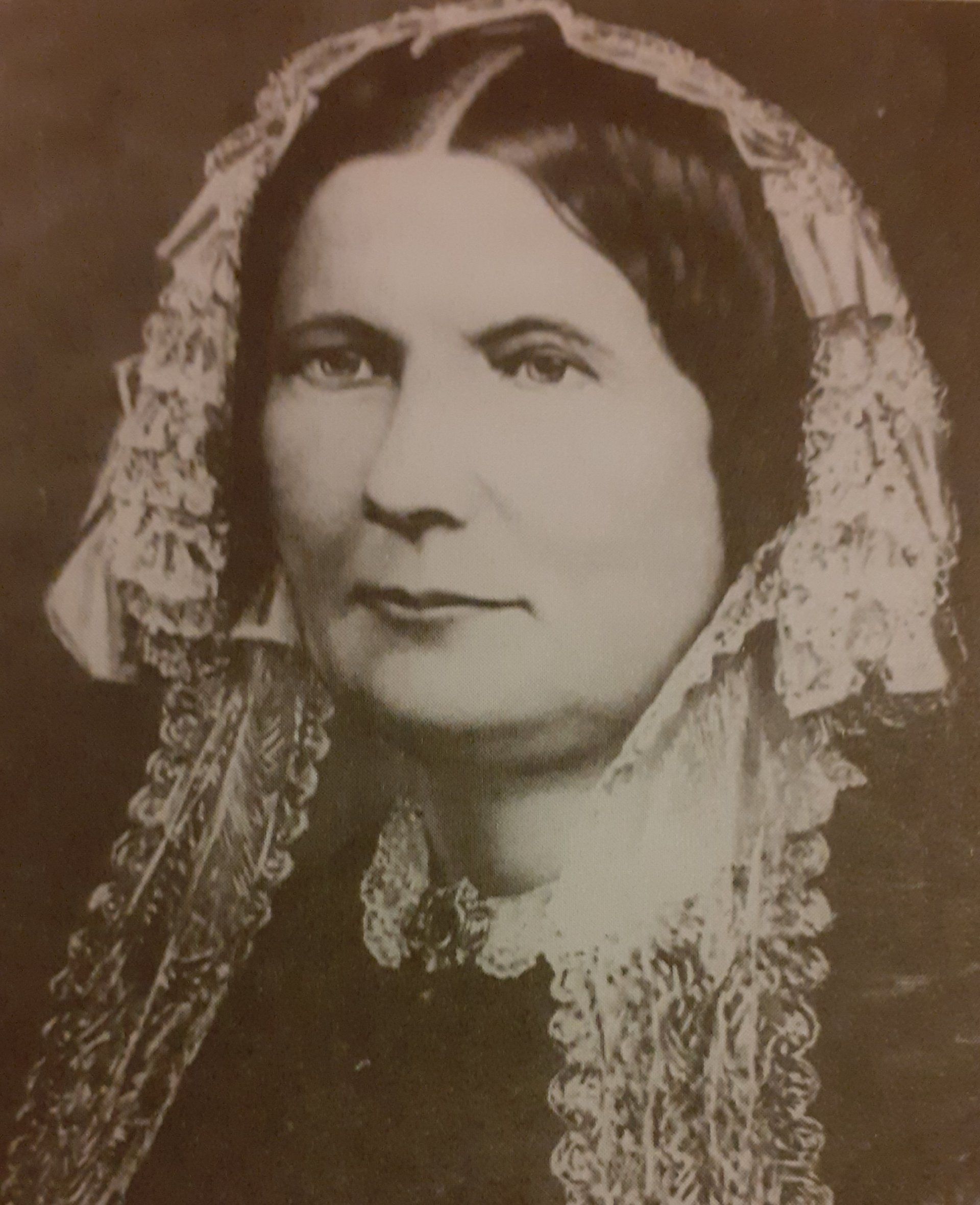Now, who doesn't remember the Union Steam Ship Company?
Largest Shipping Line in the Southern Hemisphere
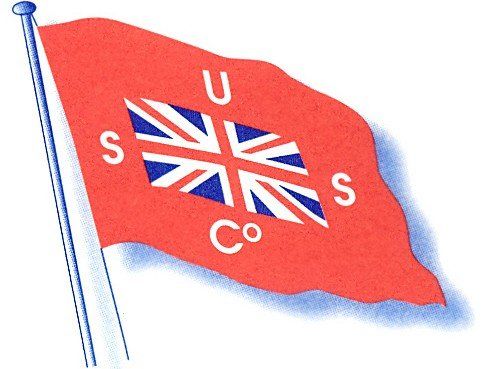
The Union Steam Ship Company, once the biggest shipping line in the Southern Hemisphere, was New Zealand's largest private sector employer and survived right up until the end of the twentieth century.
The company began right here in Dunedin in 1875 by Wellington born but Dunedin raised James Mills. He was only 28 years old. In 1869 Mills tried twice to float a Union Steam Company of New Zealand Limited, but failed to attract enough interest from local investors, until he found backing from a Scottish shipbuilder named Peter Denny. Denny agreed to invest in return for Union Steam Ship Company orders for ships built at his Dunbarton shipyard. The first two Denny built ships, the Hawea and Taupo, large by local standards, arrived mid 1875 and entered service.
James Mills' Union Steam Ship Company took over the Harbour Steam Navigation Company, once owned by the late Johnny Jones and now by his son John R. Jones, who became a director of the Union Steam Ship Company along with Mills. The company was so successful it became known as the 'Southern Octopus', due to its monopoly on trans-Tasman trade.
James Mills was a valued and trusted employee of our own Johnny Jones. He started as a shop assistant and worked his way up to managing Jones’ Harbour Steam Navigation Company which served parts of Dunedin, Port Chalmers, and Oamaru, even trading with Hokitika on the West Coast. When Jones died in 1869, James Mills was his leading trustee, evidence of the high regard Jones held him in.
James Mills" connection to Waikouaiti doesn't end there. He represented the district on the Otago Provincial Council in 1870 and 1873-1876, and later represented Port Chalmers in Parliament from 1887-1893 when he retired. He was knighted in 1907 and appointed Knight Commander of the Order of St Michael and St George in 1909. The first native born non-indigenous New Zealander to be so honoured. He died in London January 1936 in his eighty-ninth year.
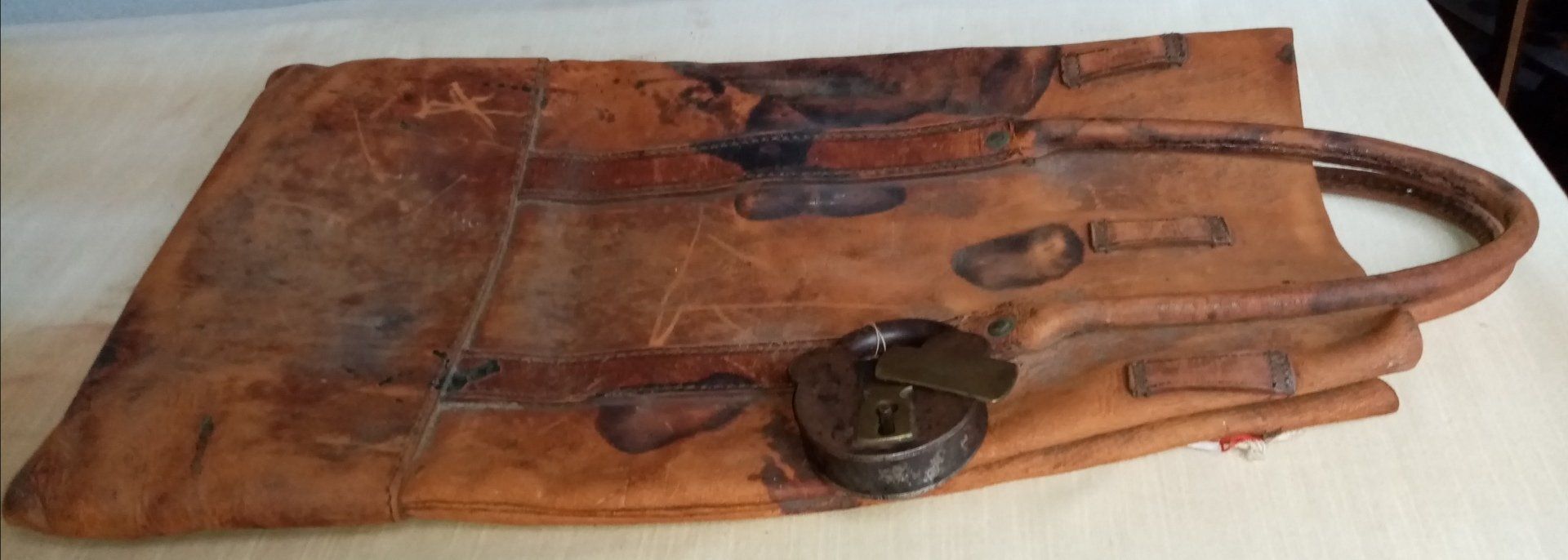
Visitor Survey
Please take a moment to complete a short survey on the museum.

